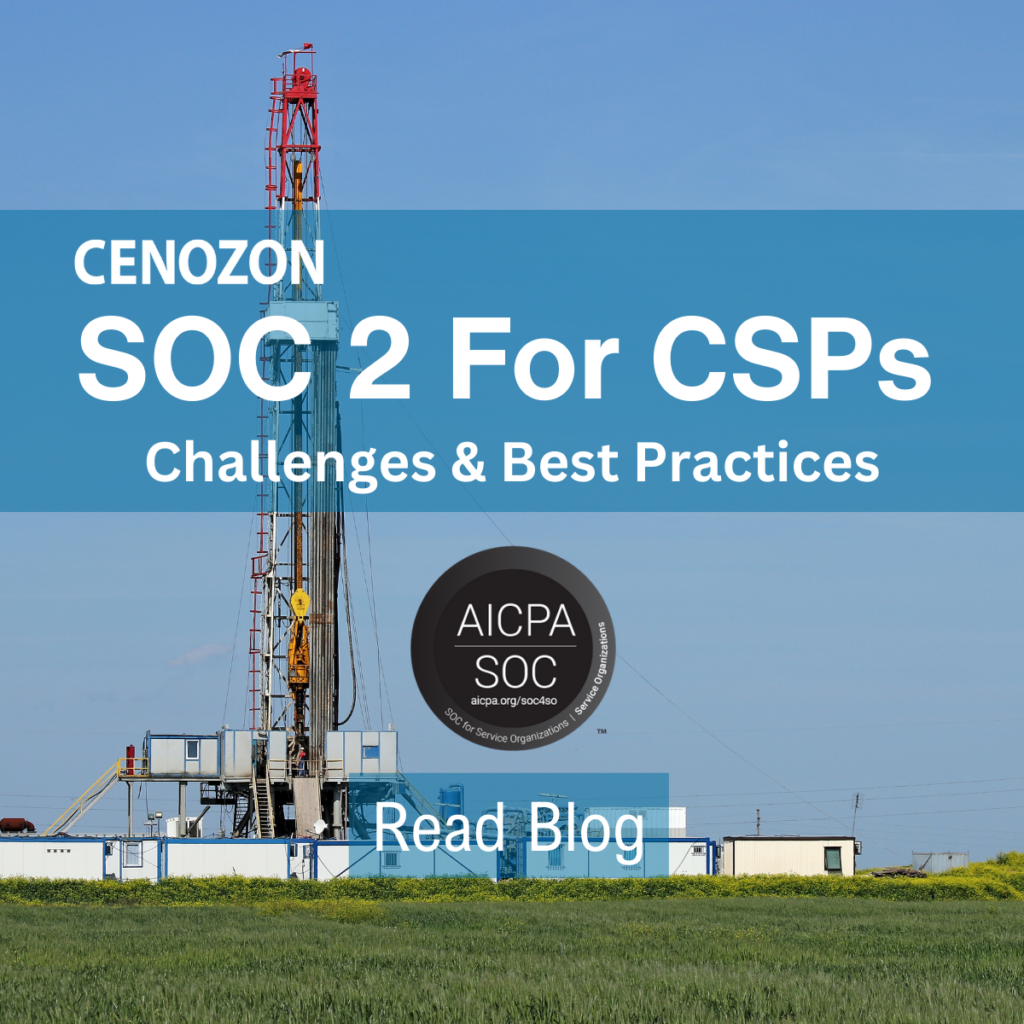July 23, 2024
SOC 2 for Cloud Service Providers: Challenges and Best Practices

The origins of SOC 2 can be traced back to the early 1970s when the AICPA released the Statement on Auditing Standards (SAS). This standard outlined the roles and responsibilities of independent auditors, laying the groundwork for modern auditing practices. Over the decades, as technology has evolved, the need for specialized audits like SOC 2 emerged to address the unique challenges of data security in the digital age.
Cloud service providers (CSPs) are key players in this digital ecosystem, as people and organizations continue to move online. Organizations rely on cloud services to store and manage their data, so ensuring the security, availability, and confidentiality of that data becomes paramount. SOC 2 (Service Organization Control 2) compliance provides a framework for CSPs to demonstrate their commitment to these principles. This blog will explore the specific challenges CSPs face in achieving SOC 2 compliance and outline best practices for aligning cloud security with SOC 2 requirements.
Specific Challenges for Cloud Service Providers
Multi-Tenancy
Multi-tenancy is a characteristic of cloud environments where multiple customers can share the same infrastructure. Ensuring data isolation across different tenants becomes a significant factor of data security.
Consideration: Implement robust access controls and logical separation mechanisms to prevent data leakage between tenants.
Dynamic and Elastic Nature of Cloud
The dynamic and elastic nature of cloud services, which allows resources to be scaled up or down on demand, complicates the implementation of consistent security controls.
Consideration: Automate security controls and monitoring to ensure they are consistently applied, regardless of changes in the cloud environment. Use infrastructure-as-code (IaC) tools to enforce security policies automatically.
Shared Responsibility Model
In the cloud, security responsibilities are shared between the CSP and the customer. This division can lead to confusion about which party is responsible for specific security measures.
Consideration: Clearly define and communicate the shared responsibility model to customers. Provide detailed documentation and guidelines to help customers understand their security obligations.
Compliance with Multiple Regulations
CSPs often serve clients across various industries and regions, each with its own regulatory requirements. Achieving SOC 2 compliance while also meeting other regulatory standards can be challenging.
Consideration: Develop a unified compliance framework that maps SOC 2 controls to other regulatory requirements. This approach can streamline compliance efforts and reduce redundancy.
Data Encryption and Key Management
Data must be encrypted at rest and in transit. Effective key management is also essential to protect encryption keys.
Consideration: Implement strong encryption standards (e.g., AES-256) for data protection. Use centralized key management systems and ensure keys are rotated regularly and stored securely.
Best Practices for Cloud Security and SOC 2 Alignment
Implement Continuous Monitoring
Use automated tools to monitor cloud infrastructure and detect security incidents in real time. Implement logging and alerting mechanisms to ensure timely response to potential threats.
Adopt a Zero Trust Architecture
Zero Trust Architecture (ZTA) assumes that threats can exist both inside and outside the network. Implementing ZTA involves:
- Verifying the identity of users and devices before granting access.
- Enforcing least privilege access controls.
- Continuously monitoring and validating trust.
Conduct Regular Security Assessments
Regular security assessments include vulnerability scans and penetration testing and are essential for identifying and addressing security weaknesses. Schedule these assessments periodically and after significant changes to the cloud environment.
Provide Security Training and Awareness
Educating employees and customers about security best practices is an important part of SOC 2 compliance. Offer regular training sessions and awareness programs to ensure all stakeholders understand their roles in maintaining security.
Leverage Security Frameworks and Standards
Utilize established security frameworks and standards, such as NIST Cybersecurity Framework, ISO/IEC 27001, and CIS Controls, to guide your security practices. Mapping these frameworks to SOC 2 requirements can help ensure comprehensive coverage of security controls.
Achieving SOC 2 compliance is a significant undertaking for cloud service providers, given the unique challenges posed by cloud environments. By understanding these challenges and adopting best practices for cloud security, CSPs can align their operations with SOC 2 requirements and demonstrate their commitment to protecting customer data. Continuous monitoring, zero trust architecture, regular security assessments, robust incident response plans, security training, and leveraging established security frameworks are key strategies for maintaining SOC 2 compliance in the cloud.
American Institute of CPAs. (2021). SOC 2® – SOC for Service Organizations: Trust Services Criteria. Retrieved from https://www.aicpa.org/cpe-learning/course/soc-for-service-organizations-soc-2-reporting-advanced-course.html
National Institute of Standards and Technology. (2020). NIST Cybersecurity Framework. Retrieved from https://nvlpubs.nist.gov/nistpubs/CSWP/NIST.CSWP.04162018.pdf
International Organization for Standardization. (2013). ISO/IEC 27001:2013 – Information security management systems. Retrieved from https://www.iso.org/standard/54534.html
Center for Internet Security. (2021). CIS Controls v8. Retrieved from https://www.cisecurity.org/controls/cis-controls-list/
